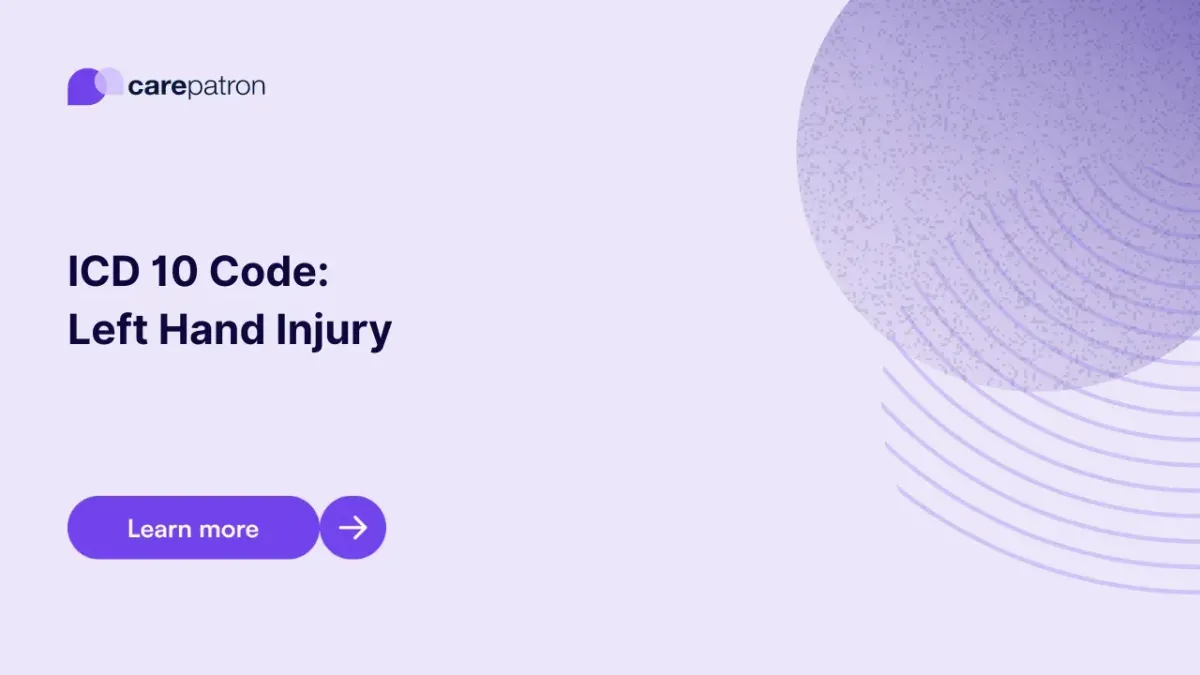
Left Hand Injury ICD-10-CM Codes | 2025
Learn about Left Hand Injury ICD-10 codes, billable diagnoses, symptoms, and treatment options, including physical therapy, pain management, and surgery.
Use Code
EHR and practice management software
Get started for free
*No credit card required
Free
$0/usd
Unlimited clients
Telehealth
1GB of storage
Client portal text
Automated billing and online payments
